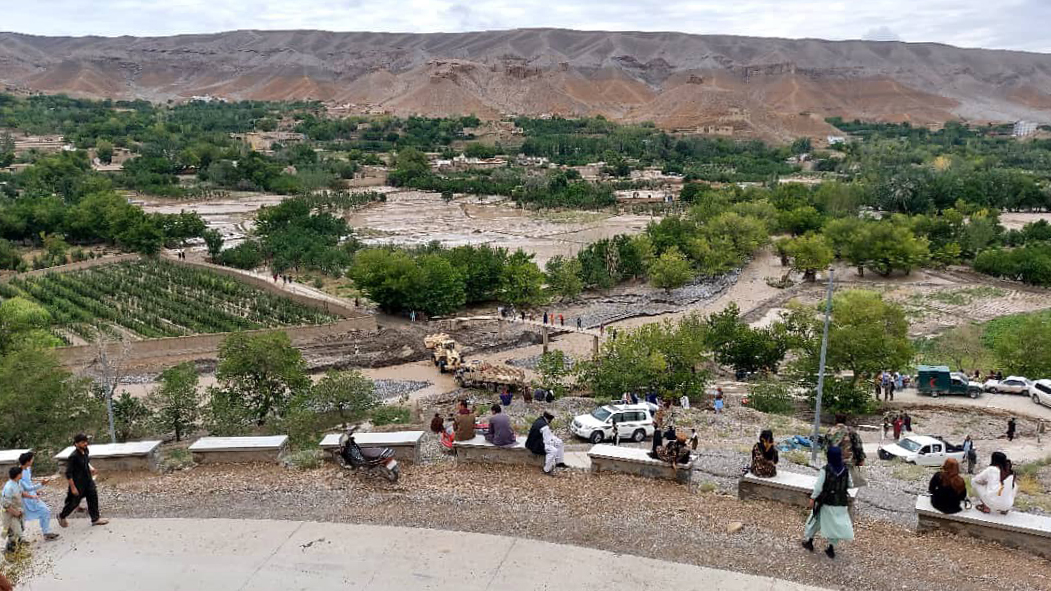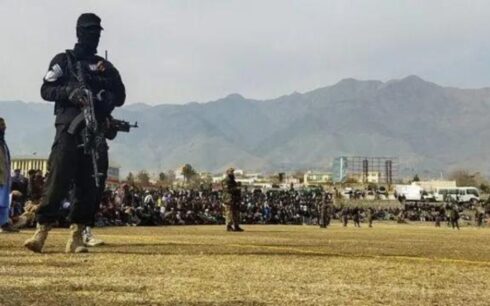Flash flooding and heavy rains have wreaked havoc in Afghanistan, surpassing other natural disasters this year, according to an assessment by the UN’s Office for Coordination of Humanitarian Affairs (OCHA) on Friday.
As of the end of August, around 21,500 people (2,952 families) have been affected, with 51 fatalities, 62 injuries, 553 houses destroyed, and significant damage to 1,950 homes across 23 provinces, OCHA reported.
The northeastern, central, and southern regions witnessed the most extensive damage, affecting 8,640, 5,830, and 1,193 people, respectively. Floods and heavy rains also led to the destruction of over 3,000 acres of agricultural land, 50 irrigation canals, and 20 kilometers of road, forests, and farm infrastructure, OCHA added.
Amid the crisis, humanitarian partners, including IOM, WFP, UNICEF, DRC, and others, are providing immediate assistance, with a focus on food, multi-purpose cash, water, sanitation, hygiene supplies, emergency shelter, non-food items, and medical supplies. The Afghanistan National Disaster Management Authority and various organizations are mobilizing resources for shelter repairs and the construction and rehabilitation of water sources.
OCHA emphasizes the urgent need for anticipatory action and preparedness as Afghanistan continues to face natural disasters. Humanitarian partners are already factoring climate change and natural hazards into their planning for 2024, anticipating the heightened risk of flooding and landslides due to strong El Niño conditions expected from late 2023 onwards.





